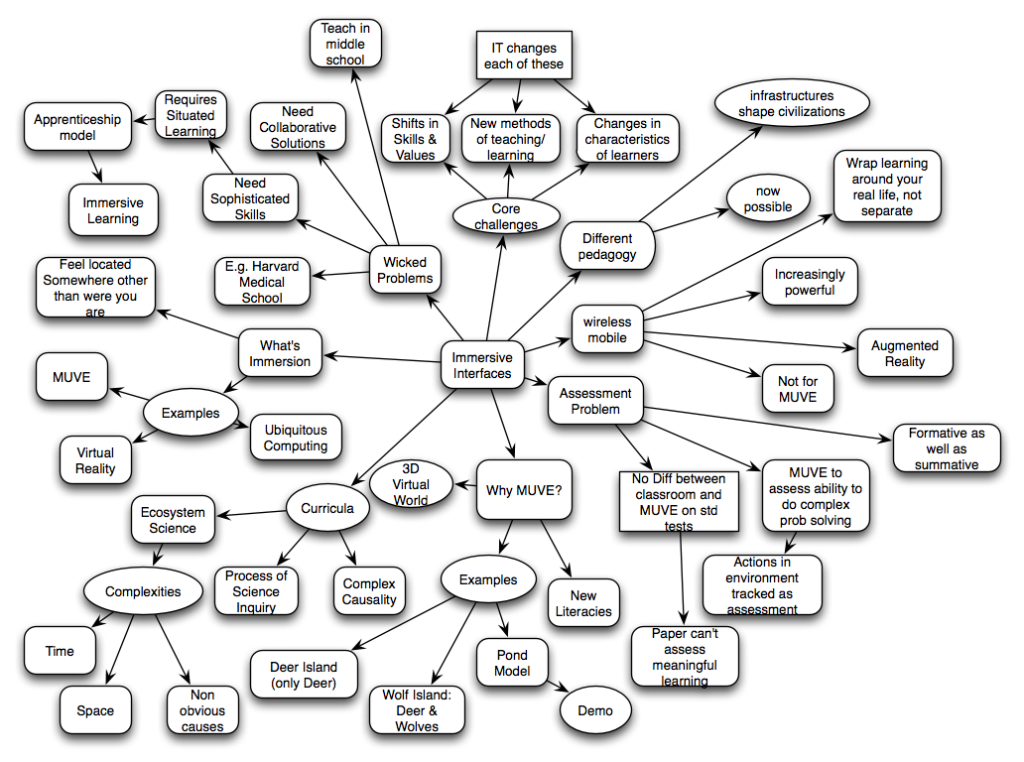I’ve recently been asked about what industries are leading in the use of (choose one: mobile, games, social). And, in my experience, while there are some industries (medicine in mobile, for example), it’s more about who’s enlightened enough yet. Which made me think a little deeper about what I do, and don’t see.
What I do see are pockets of innovation. This company, or this manager, or this individual, will innovate in a particular area. Chris Hoyt has innovated in social learning for recruitment for PepsiCo, and is now branching out into mobile. One company will do games, another mobile, another social. And that’s ok as a starting point, but there’s more on the table. You want to move from tactics to strategy.
 I want to suggest it’s better if someone higher up sees that tying the elements together into a coherent system is the larger picture. You don’t just want the individual tactics, but you want to see them as steps towards the larger picture. At the end of the day, you want your systems tied together in the back end, providing a unified environment for performance for the individual. And that takes a view of where you’re going, and the appropriate investment and experimentation.
I want to suggest it’s better if someone higher up sees that tying the elements together into a coherent system is the larger picture. You don’t just want the individual tactics, but you want to see them as steps towards the larger picture. At the end of the day, you want your systems tied together in the back end, providing a unified environment for performance for the individual. And that takes a view of where you’re going, and the appropriate investment and experimentation.
I recall (but not the link, mea culpa) a recent post or article talking about the lack of R&D investment in the learning space (let me add, the performance space overall). That is, folks aren’t deliberately setting aside monies to fund some experimentation around learning. Every learning unit should be spending 3-5% of the budget on R&D. Is that happening? If so, it’s not obvious, but I’m happy to be wrong.
I really struggle to find an organization that I think is getting on top of this in a systematic way: that has realized the vision, is aligning tactics to organizational outcomes, and is looking to integrate the technologies in the backend to capitalize on investment in content systems, social media systems, portal technologies, and learning management systems. This can also be customer-facing as well, so that you’re either meeting customer learning needs around other products or services, or delivering learning experiences as a core business, but still doing so in a coherent, comprehensive, and coordinated approach.
I am working with some folks who are just starting out, but I think the necessity to link optimal execution with continual innovation is going to require much more thorough efforts than I’m yet seeing. Am I missing someone? While I love to hear about exemplary individual efforts, I’d really like to hear from those who are pulling it all together as well.


